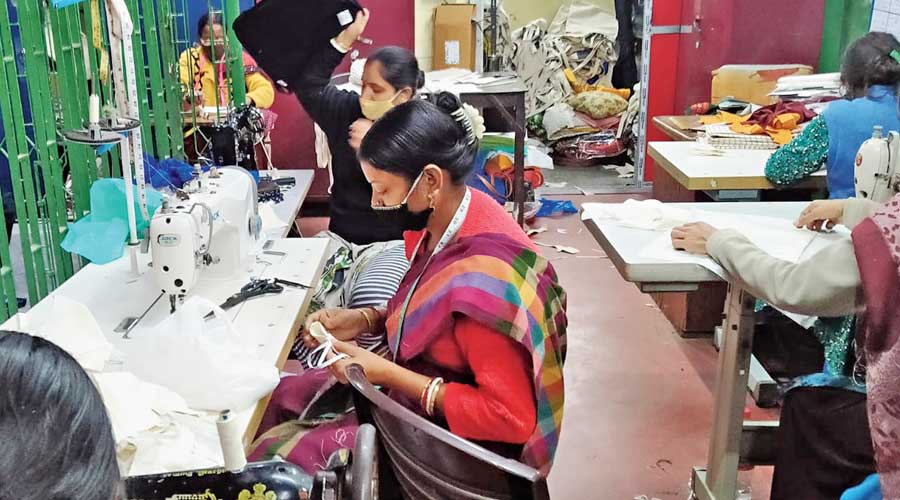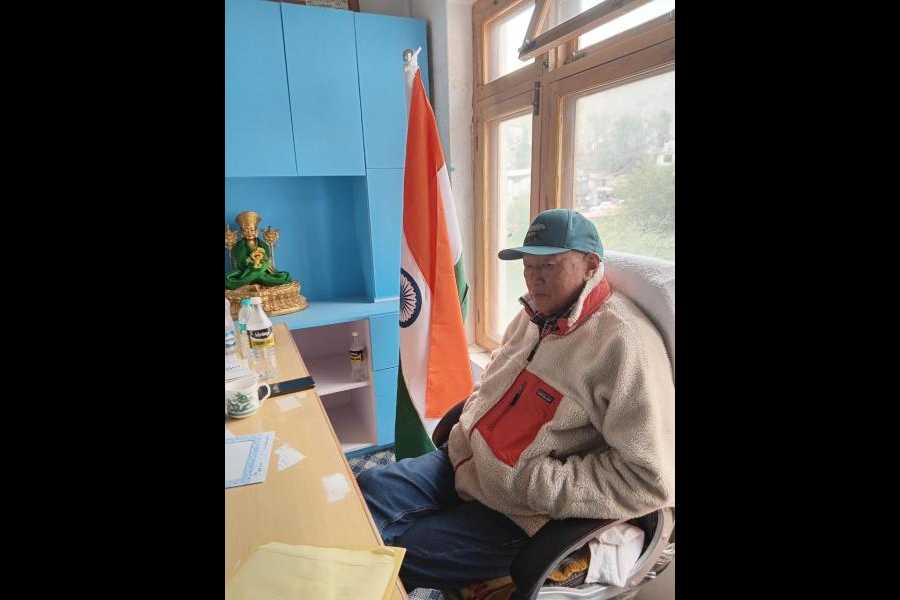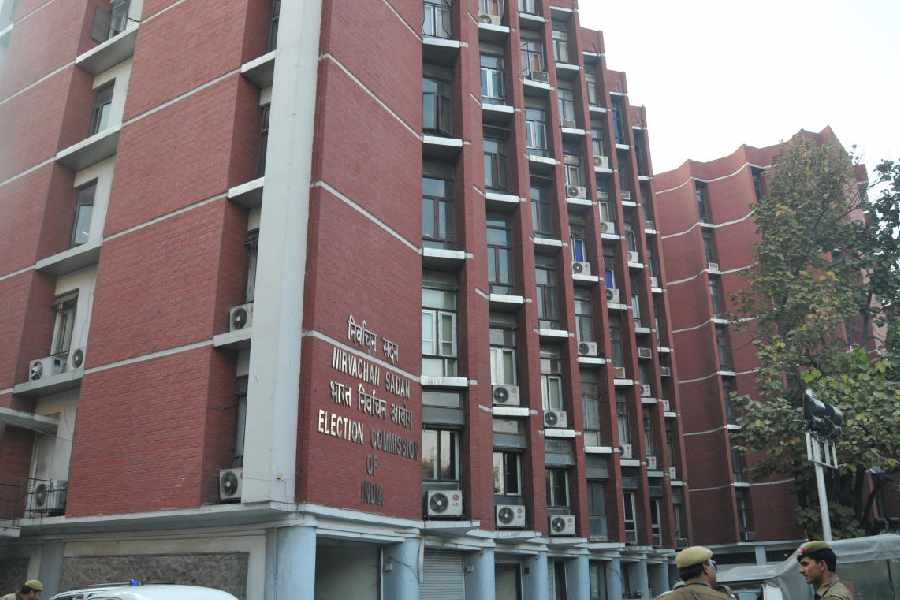India Discrimination Report 2022 has been recently published by Oxfam. The data used in this report are drawn from the National Sample Survey, Periodic Labour Force Survey, and the All India Debt and Investment Survey — official statistics compiled by the Government of India. The women’s labour force participation rate, which measures the proportion of women in the age group of 15 to 64 who are working or are actively seeking work, has been estimated to be 25.1 per cent. This is much lower than the rate observed in other BRICS nations like Brazil, Russia, China and South Africa. Moreover, the current rate for India is much lower than what it was earlier. In 2004-05, the women’s LFPR in this country was 42.7 per cent. This decline is surprising as the downward trend persists despite economic growth in this period. It reflects significant withdrawal of economically active women from the labour market. The Oxfam report claims that this is largely due to embedded gender discrimination in the labour market. The ratio of male to female wages can be as high as 2.5 in urban India.
An elaboration is warranted in this context. Gender discrimination in labour markets is not something new in India. It exists across the world, even in developed markets and affluent nations. What might have happened in India is that during the last eight to ten years, there has been a renewed surge of gender biases coming out into the open. This is part of the overall increase in violence against women. The differential treatment meted out to women begins from childhood and is manifest in terms of access to food, education and healthcare. Girls are coerced to be home-makers. This is the baggage of social and cultural conservatism. Political interventions may have focused on bringing the girl child out of the home and into the modern world but the last few years have seen a backlash against this momentum, not because the governments have withdrawn the special schemes or support to reduce gender discrimination but because there has been a resurgence of faith in traditional cultural values. Hence women, despite being a cheaper source of labour compared to men, have been made to feel unwanted. This has been aggravated by higher levels of unemployment and economic inequality. Women workers are perceived by their male peers as a threat to their employment and as potentially cheaper competitors. Hence, the idea that women should ideally stay at home has received wider support. This is ghar wapsi of a different kind.











